DIY Car Care: Simple Fixes to Keep Your Car Running Smooth
Got a few hours and a willing wrench? You don’t need a garage full of tools to look after your car. From swapping air filters to checking brake pads, many everyday tasks are easy enough for anyone willing to roll up their sleeves.
Everyday Essentials You Can Do Yourself
Start with the basics. A clean air filter lets the engine breathe, improving fuel efficiency and performance. If you’re debating whether an expensive filter is worth it, remember the rule of thumb: a standard filter that’s changed on schedule does the job for most drivers. Just pop the engine cover, pull out the old filter, and insert a new one. No fancy equipment needed.
Brake pads are another common DIY job. While swapping front pads is popular, many wonder if changing only the rear pads is safe. The short answer: you can, but matching wear across front and rear gives balanced braking. If the rear pads are squealing or feel spongy, replace them with the same type you’d use on the front. Always torque bolts to the manufacturer’s spec and double‑check for any wobble before you hit the road.
More Challenging Tasks Made Simple
Clutch issues can feel intimidating, especially when you hear that burning smell. If the clutch still engages but slips under load, you’re probably looking at a soon‑to‑fail part rather than an immediate failure. In many cases you can test the clutch by shifting into first gear at a low speed and letting the engine rev up; a smooth, firm engagement means you still have mileage left, but start planning a replacement.
Suspension problems show up as a bumpy ride or unusual noises over bumps. Bent suspension components or worn shocks can be dangerous, but spotting them early saves money. Look for uneven tire wear, a sagging ride height, or a rattling sound when you turn the wheel. If you notice any of these, inspect the shock absorbers and control arms. Replacing a bad shock is a straightforward swap: remove the bolt, slide out the old shock, insert the new one, and tighten to spec.
Wheels and rims also need care. Alloy wheels won’t rust like steel, but they can corrode if the protective coating is damaged. A quick wash with mild soap and a soft brush removes brake dust, and a periodic application of wheel wax keeps the finish protected. If you see small pits, a DIY polishing kit can restore shine without a professional shop.
Even the smallest parts, like windshield wipers, matter for safety. If you’re thinking about removing the rear wiper to save money, remember UK MOT rules require it on certain vehicles. Keeping both blades in good shape ensures clear visibility in rain. Swap out old blades by sliding the old one off the arm and snapping the new one into place – a task that takes under five minutes.
Finally, don’t forget the battery. Replacing a car battery yourself is safe if you follow basic precautions: wear gloves, disconnect the negative terminal first, remove the old battery, and place the new one on the tray. Secure it, then reconnect the positive terminal followed by the negative.
All these tasks share a common theme: a little knowledge and a few tools go a long way. Before you start, always consult your owner’s manual for torque specs and safety warnings. Keep a small toolbox with sockets, a torque wrench, and a set of screwdrivers – that’s all you need for most DIY car care jobs.
With confidence, you’ll spend less on the mechanic and enjoy the satisfaction of keeping your vehicle in top shape. Ready to get started? Pick a task from the list above, gather your tools, and give your car the love it deserves.
 6 June 2025
6 June 2025
Can I Use Windex as Windshield Wiper Fluid?
Ever thought about topping up your windshield washer with Windex? It seems like a simple swap, but there are things you should know before pouring that blue liquid into your car. This article breaks down whether Windex is safe for your windshield wipers, what could go wrong, and what experts really recommend. Get clear on what actually works, and pick up some practical tips for keeping your view streak-free no matter the season. Mistakes here can get expensive or even unsafe fast.

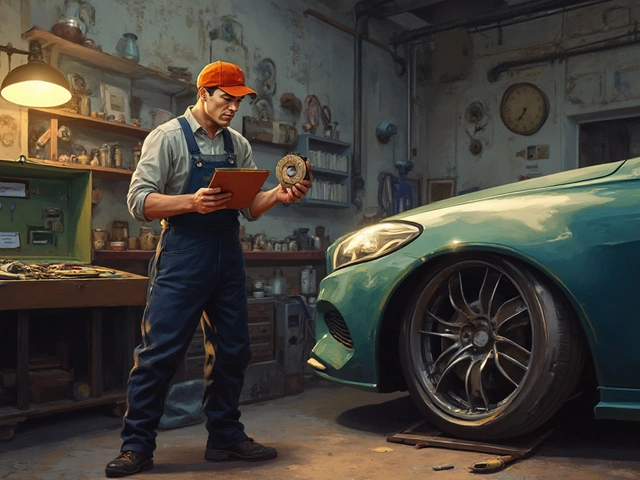
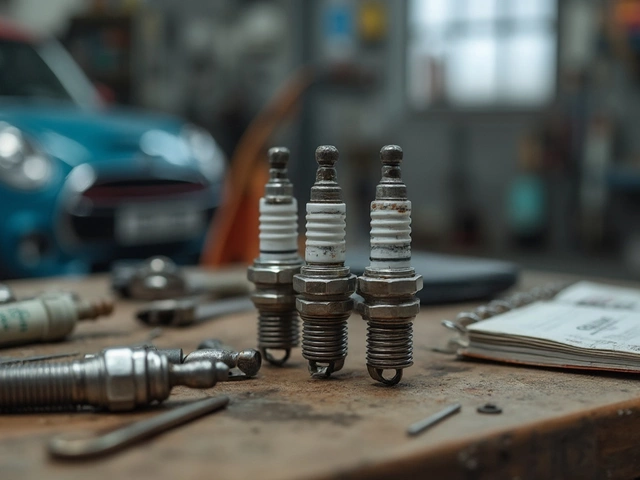
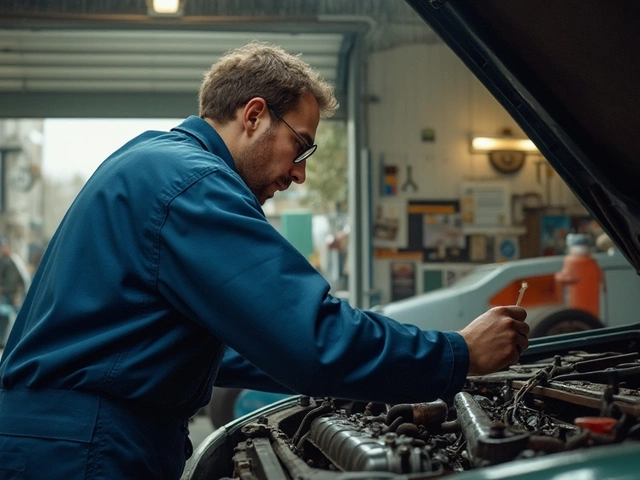
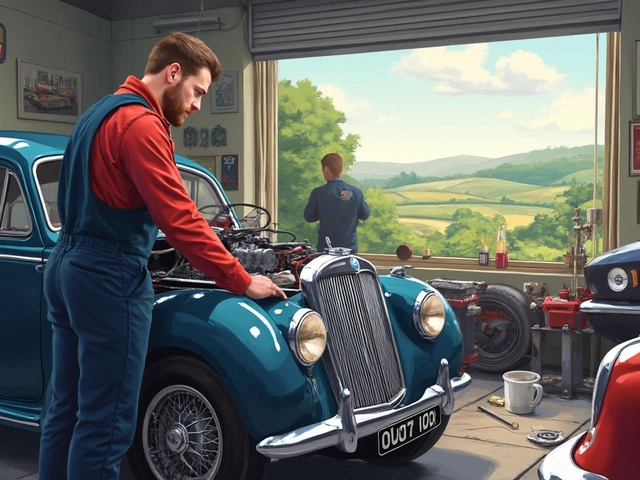
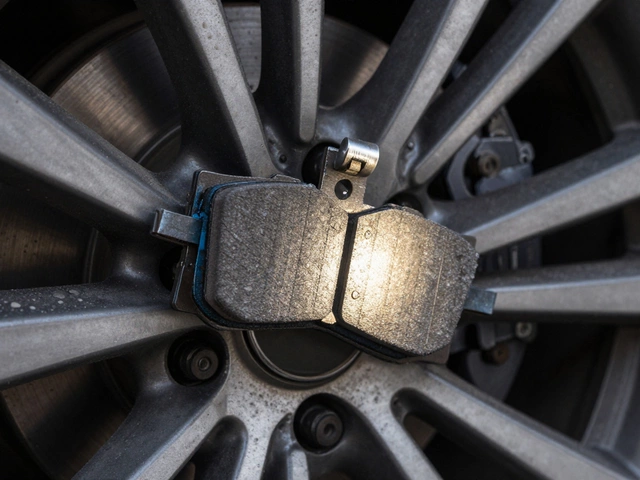
0